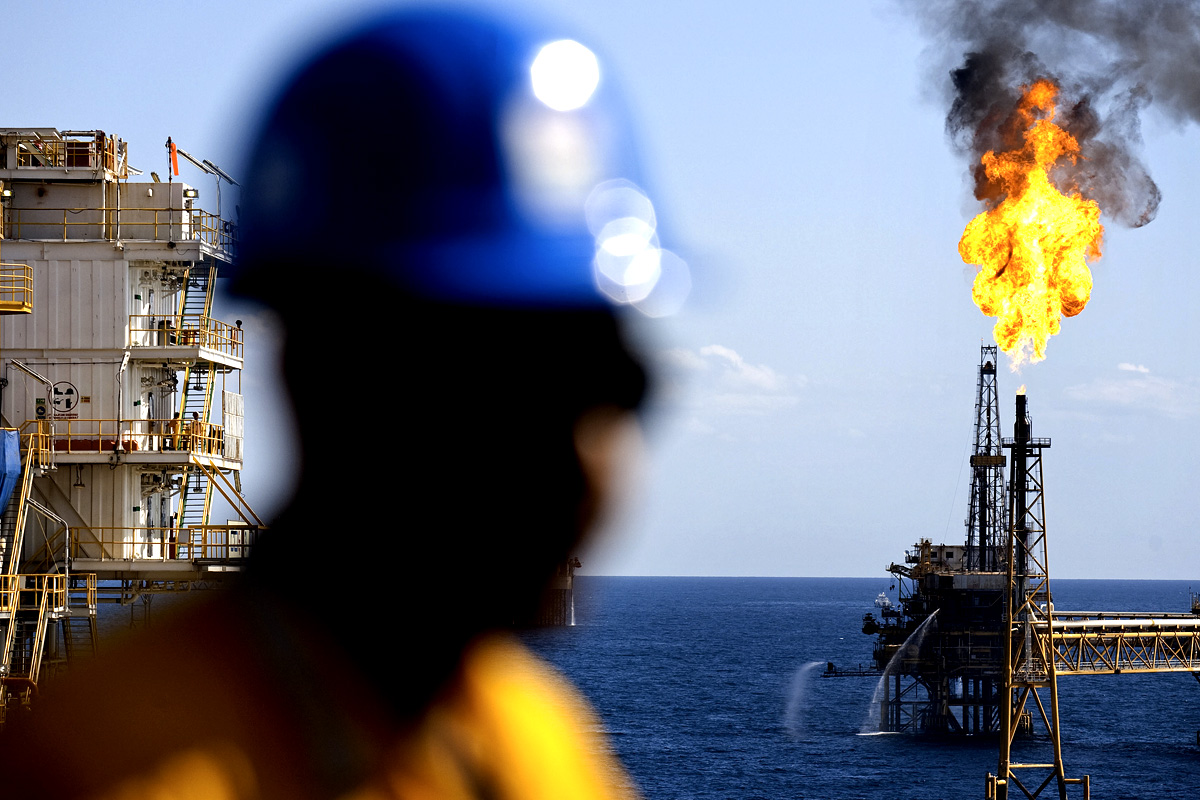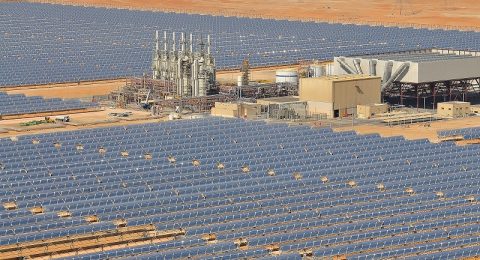Venezuela is close to approving a license allowing Shell and the National Gas Company of Trinidad and Tobago to develop offshore natural gas field and export its production to the Caribbean country.
Both nations are discussing a 25-year exploration and production license for the Dragon field, which holds up to 4.2 trillion cubic feet of gas and lies in Venezuelan waters near the maritime border between the two countries.
This development has the potential to significantly benefit both countries, providing Trinidad and Tobago with a boost in gas processing and petrochemical exports while offering Venezuela a much-needed additional source of cash.
The two countries aim to speed cross-border energy development since the U.S. in January issued a two-year authorization allowing the Dragon Field’s development.
While some terms are still being negotiated, the proposed agreement would see Shell operating the project with a 70% stake, while Trinidad’s National Gas Company (NGC) would hold the remaining 30%. Notably, Venezuela’s state-run oil firm PDVSA, which discovered the Dragon Field’s reserves and financed existing infrastructure, would not have a stake in the project. Instead, Venezuela would receive either cash or a portion of gas production as royalties.
Venezuela, known for holding Latin America’s largest gas reserves, and Trinidad and Tobago, the region’s largest liquefied natural gas (LNG) exporter, would complement each other’s needs in terms of gas production and export.
In terms of volumes and prices, the proposed license would allow for an initial volume of 300 million cubic feet per day (mcf/d) of Venezuelan gas to be transported to Trinidad for LNG production, starting in late 2026. An additional 50 mcf/d would be allocated to petrochemical plants. Trinidad and Tobago currently has the capacity to process 4.2 billion cubic feet per day (bcf/d) into LNG, petrochemicals, and power. However, its gas production is currently around 2.7 bcf/d, leading to the shutdown of one of its LNG processing units.
The parties have agreed in principle to a price that would land gas across the border at less than $3 per mcf, according to Reuters.
PDVSA has pushed for a signature bonus of approximately 65 million to be paid upfront. However, Shell and NGC are seeking to tie any payment to specific milestones, such as the first gas production.
Transportation of the gas is being considered through two separate lines. One line, partially built by PDVSA, would connect to Guiria on Venezuela’s eastern coast. The second line would link to Shell’s Hibiscus field in Trinidad. If the parties agree to transport some of the gas through Guiria, an additional short pipeline connecting Guiria to Point Fortin, the home of Trinidad’s LNG plants, may be required.
This option would allow Venezuela to process the gas on its shore, ensuring domestic supply and potentially enabling the export of gas liquids in the future. However, the addition of a new pipeline could extend the project’s timeline to five years rather than the initially hoped-for three years.








